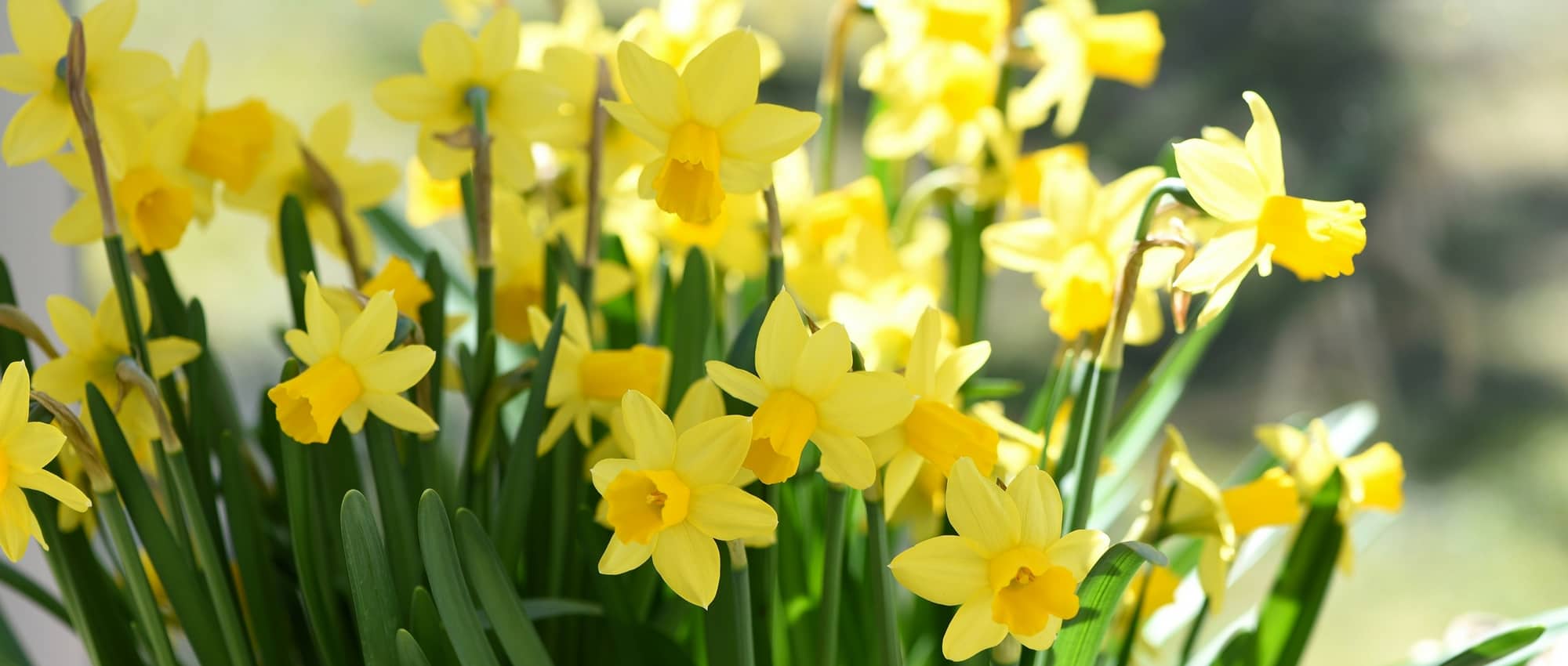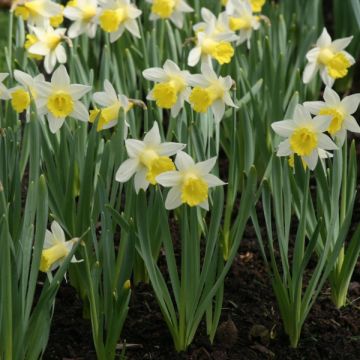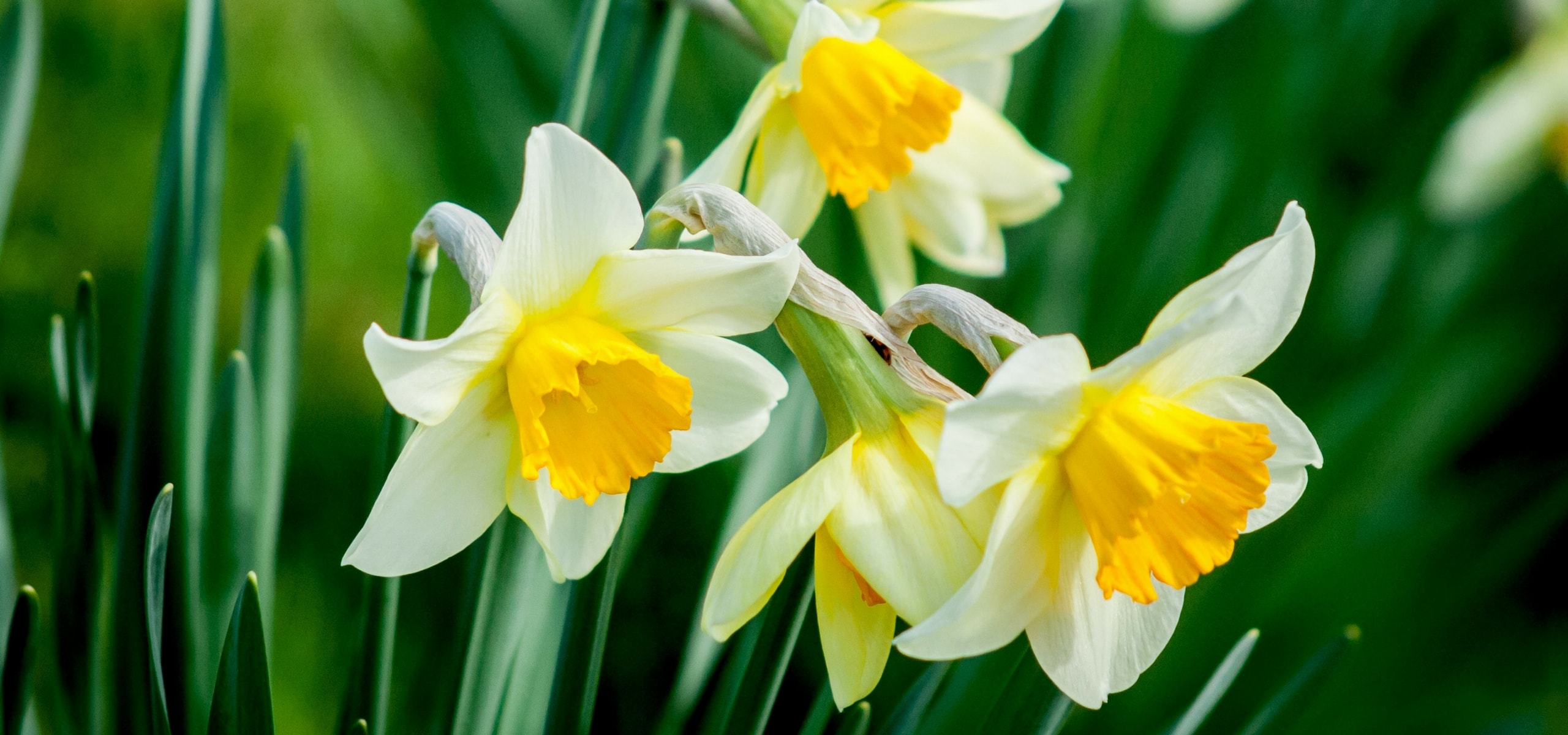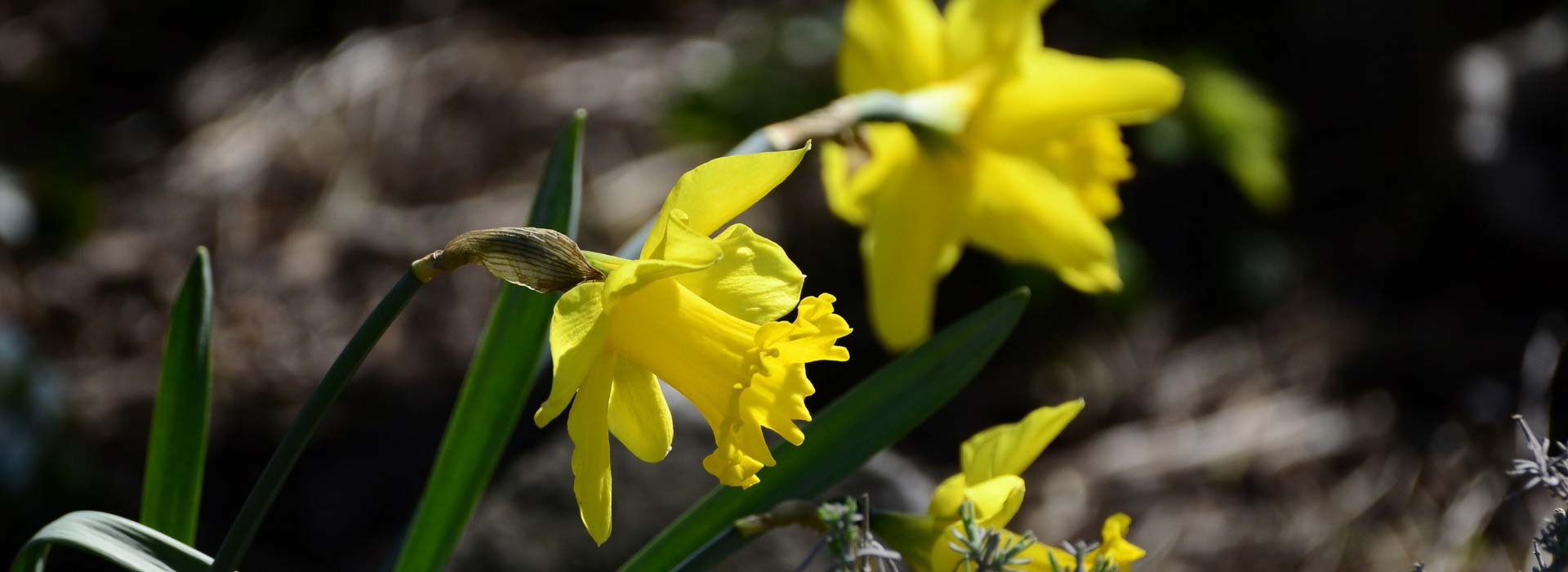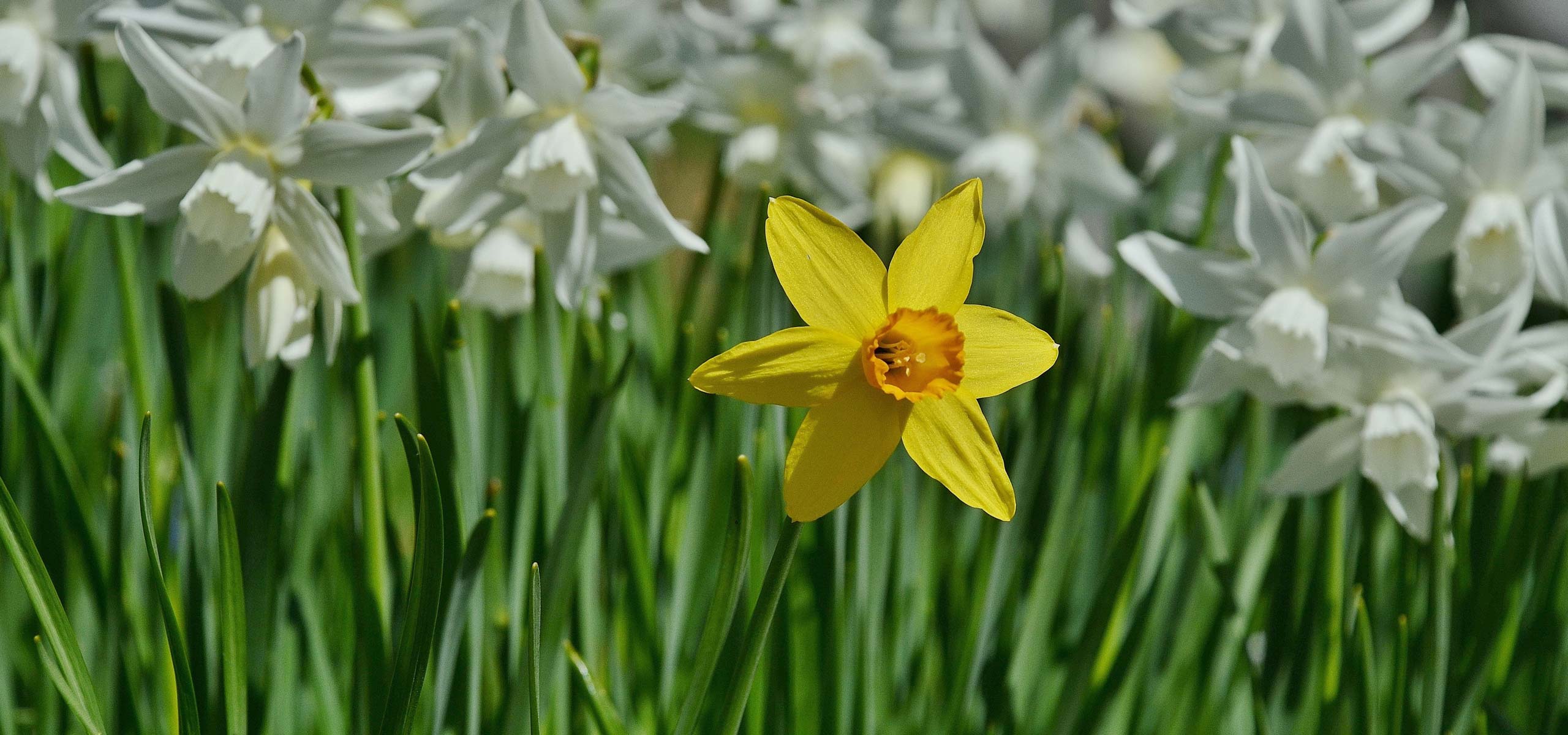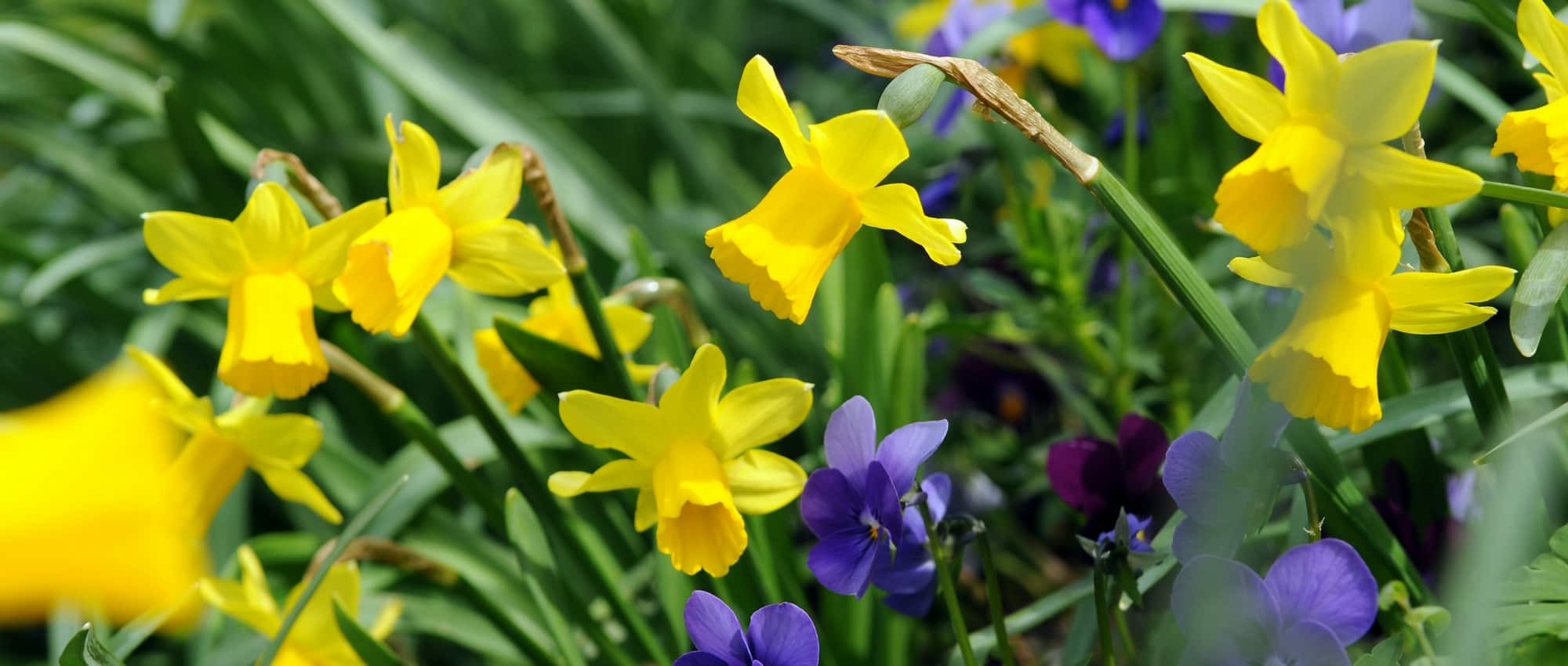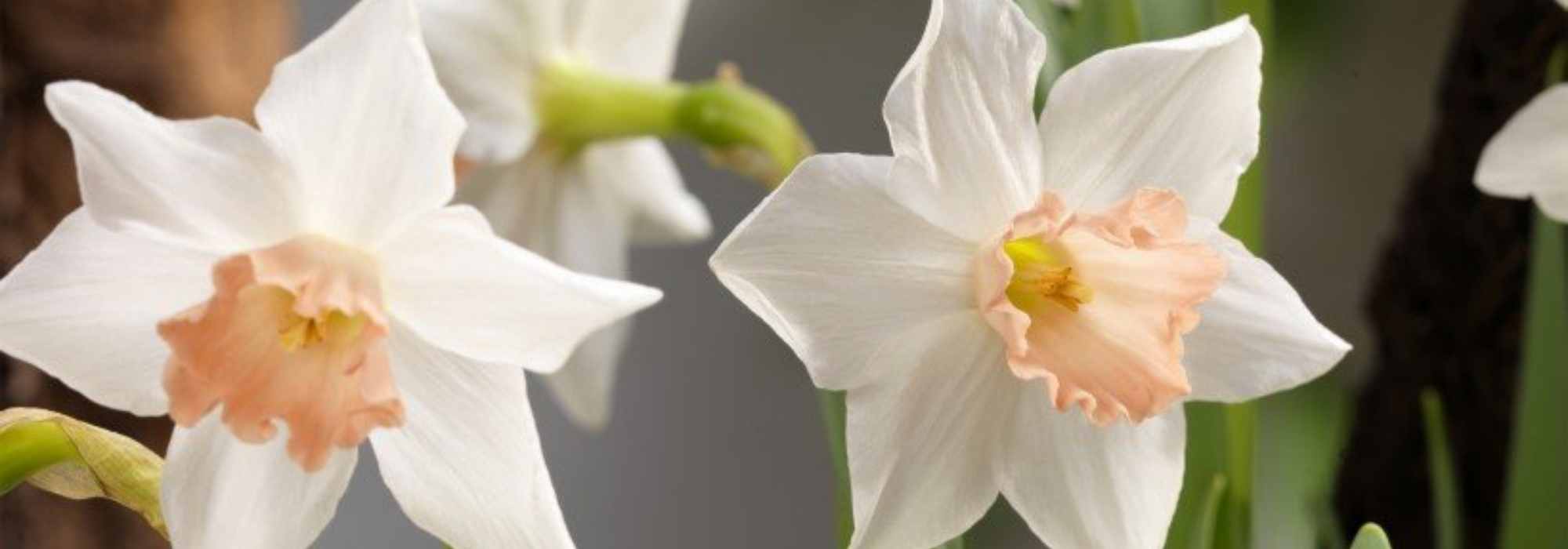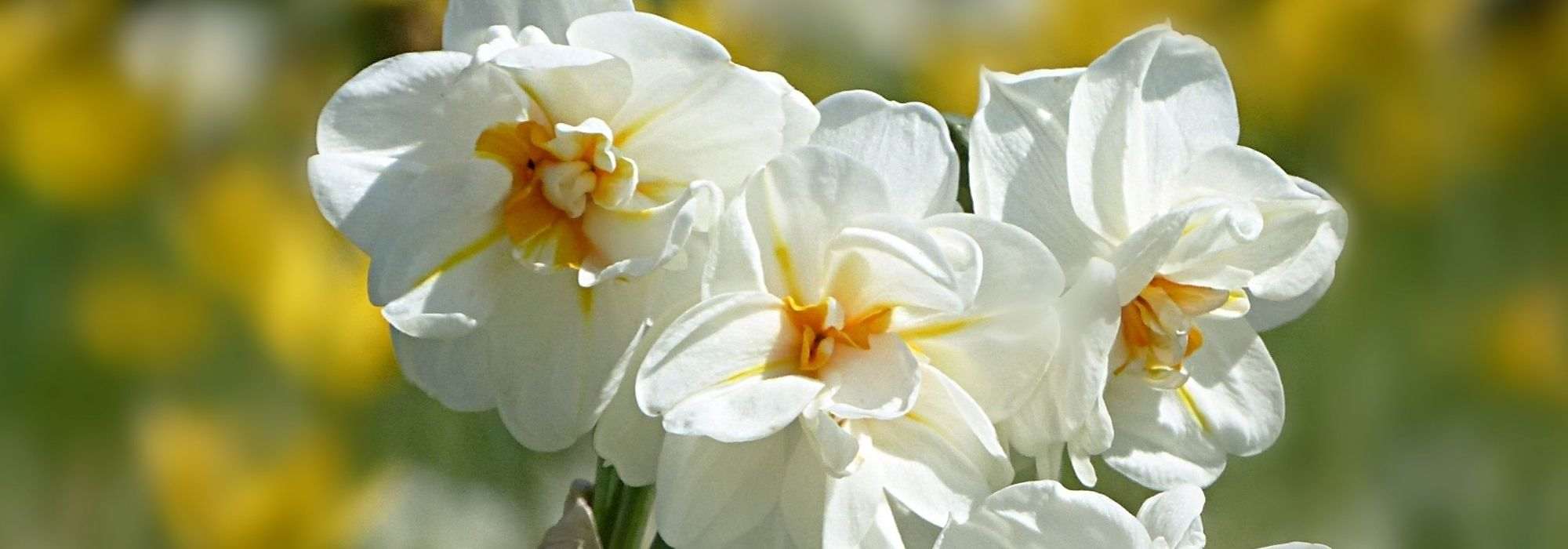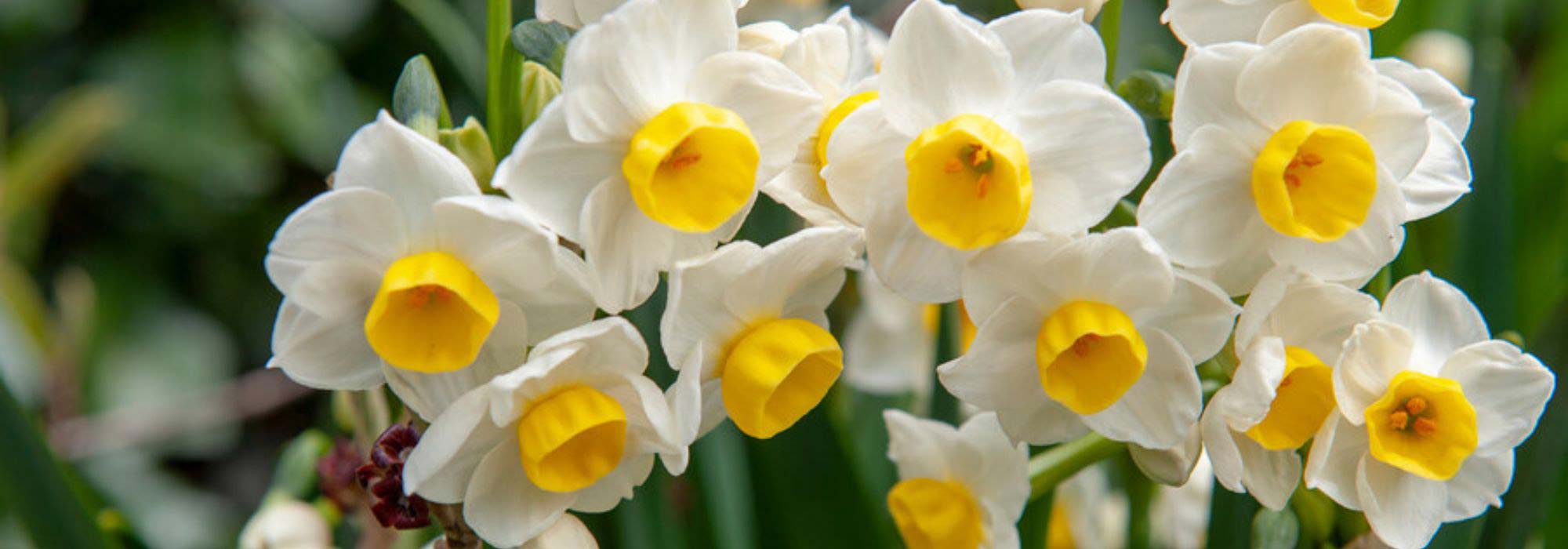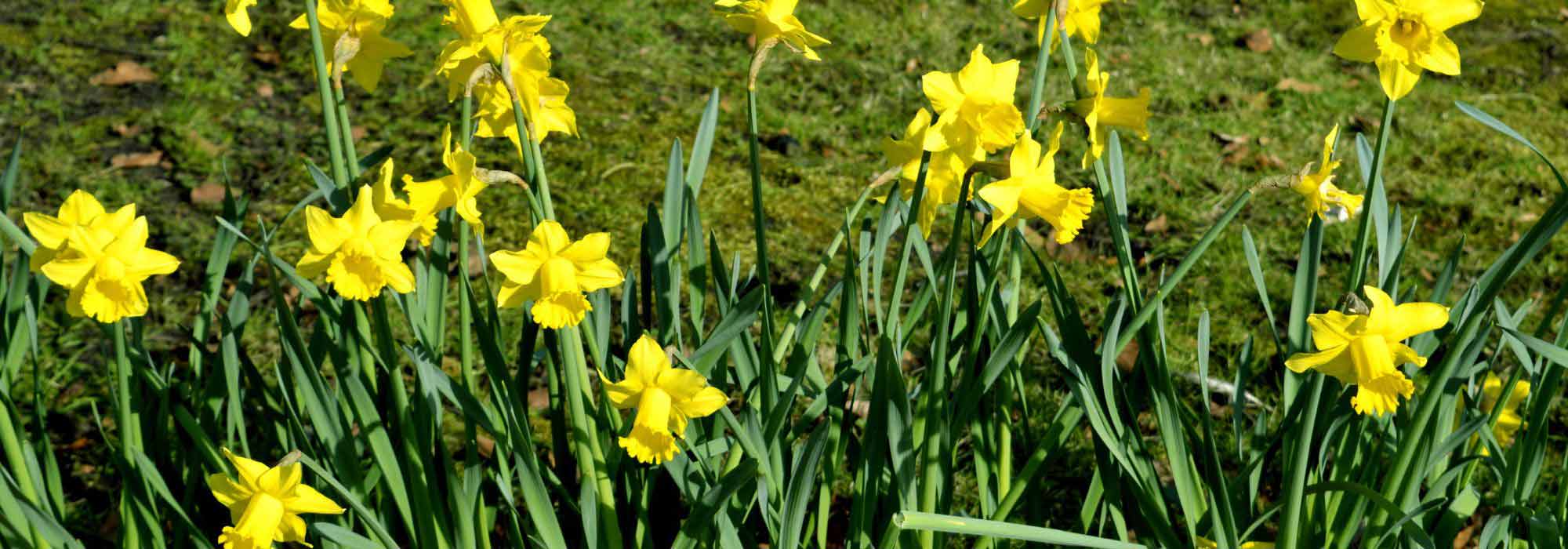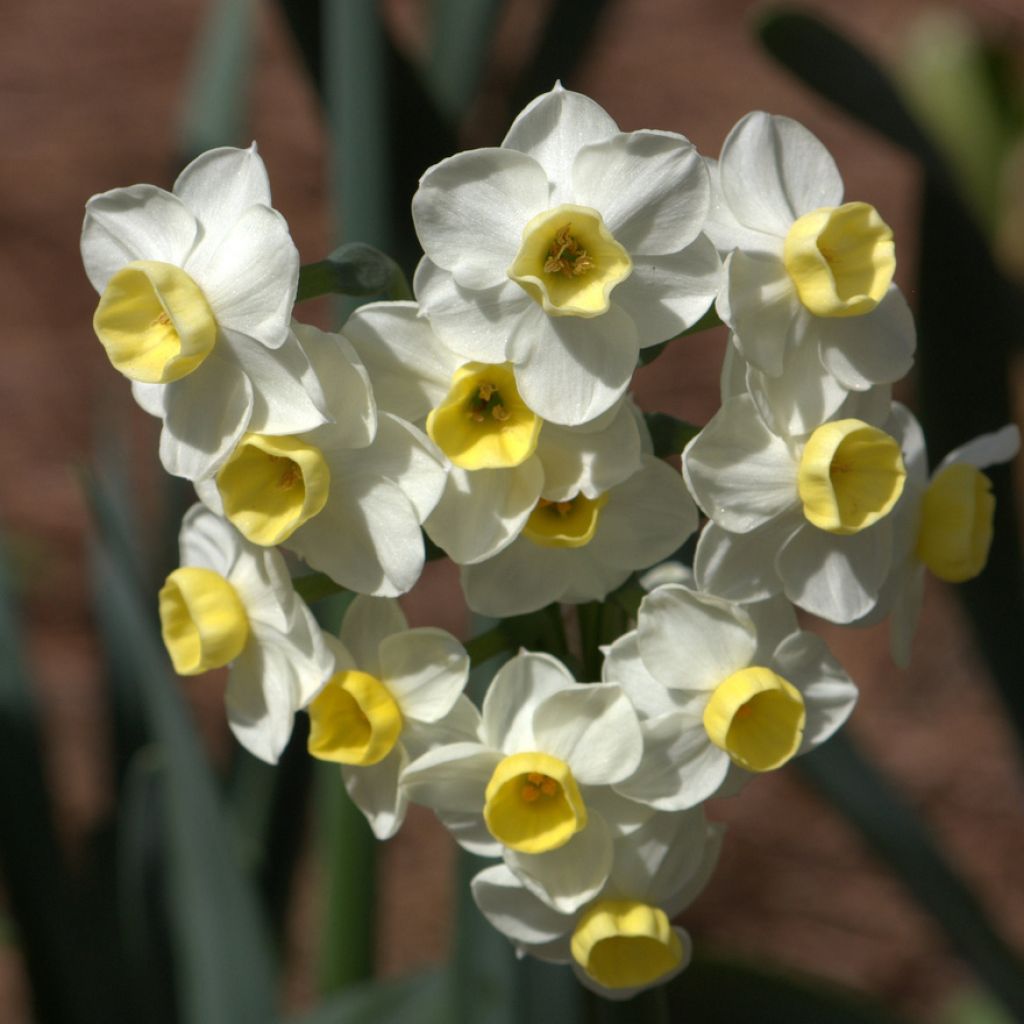

Narcissus Avalanche
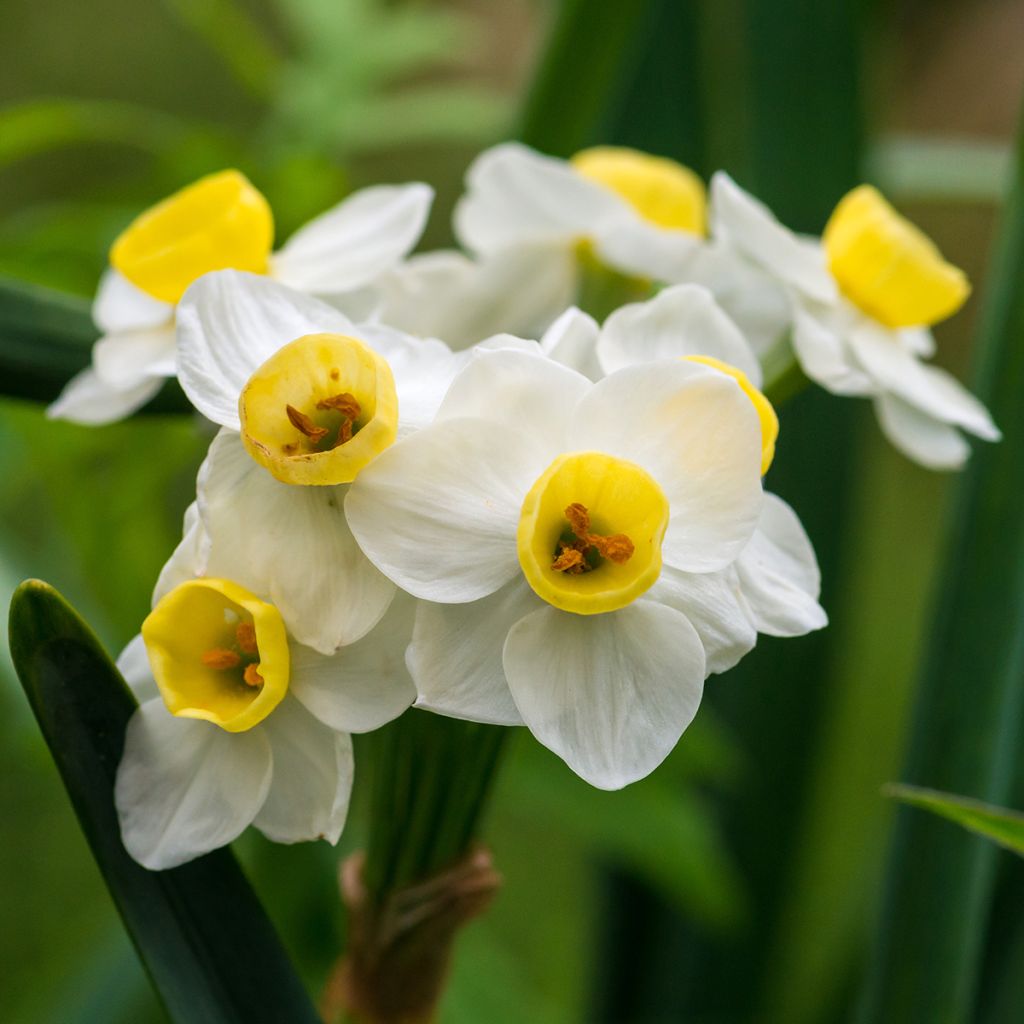

Narcissus Avalanche
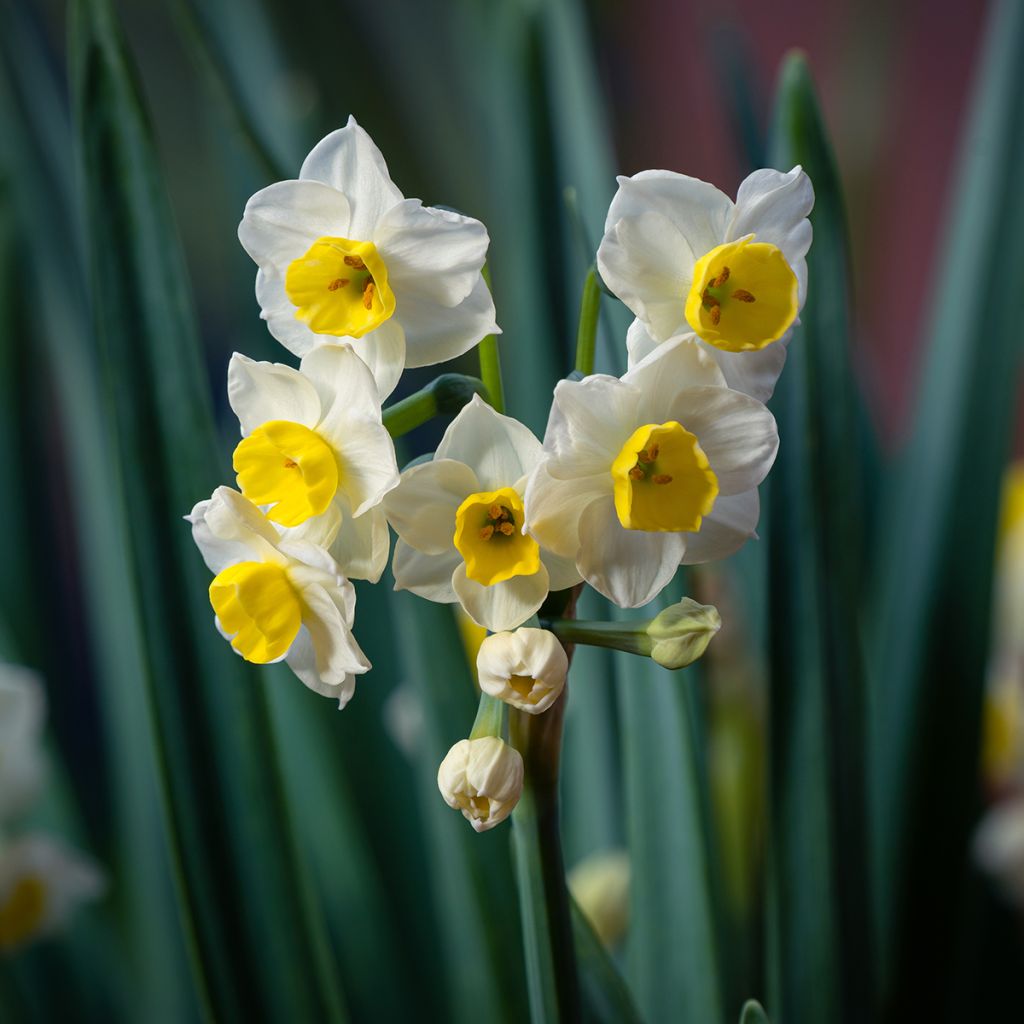

Narcissus Avalanche
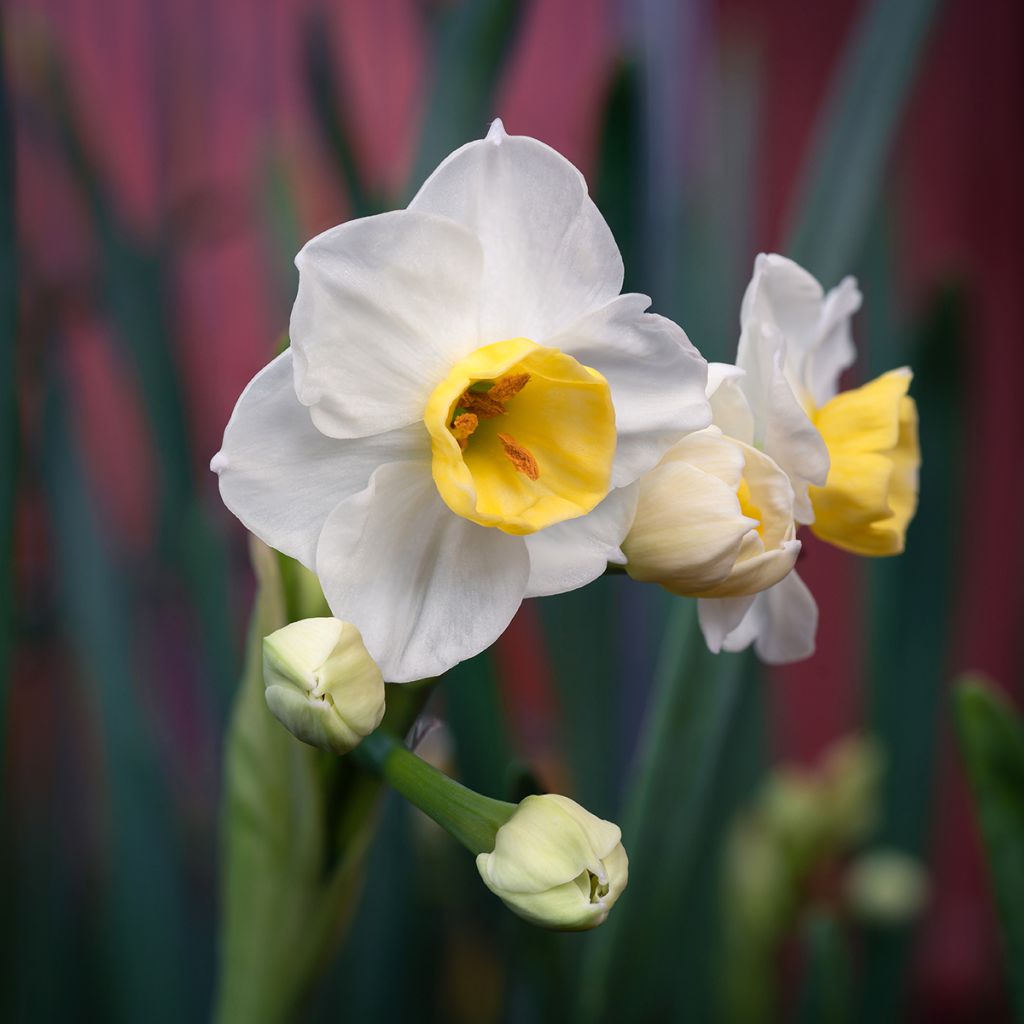

Narcissus Avalanche
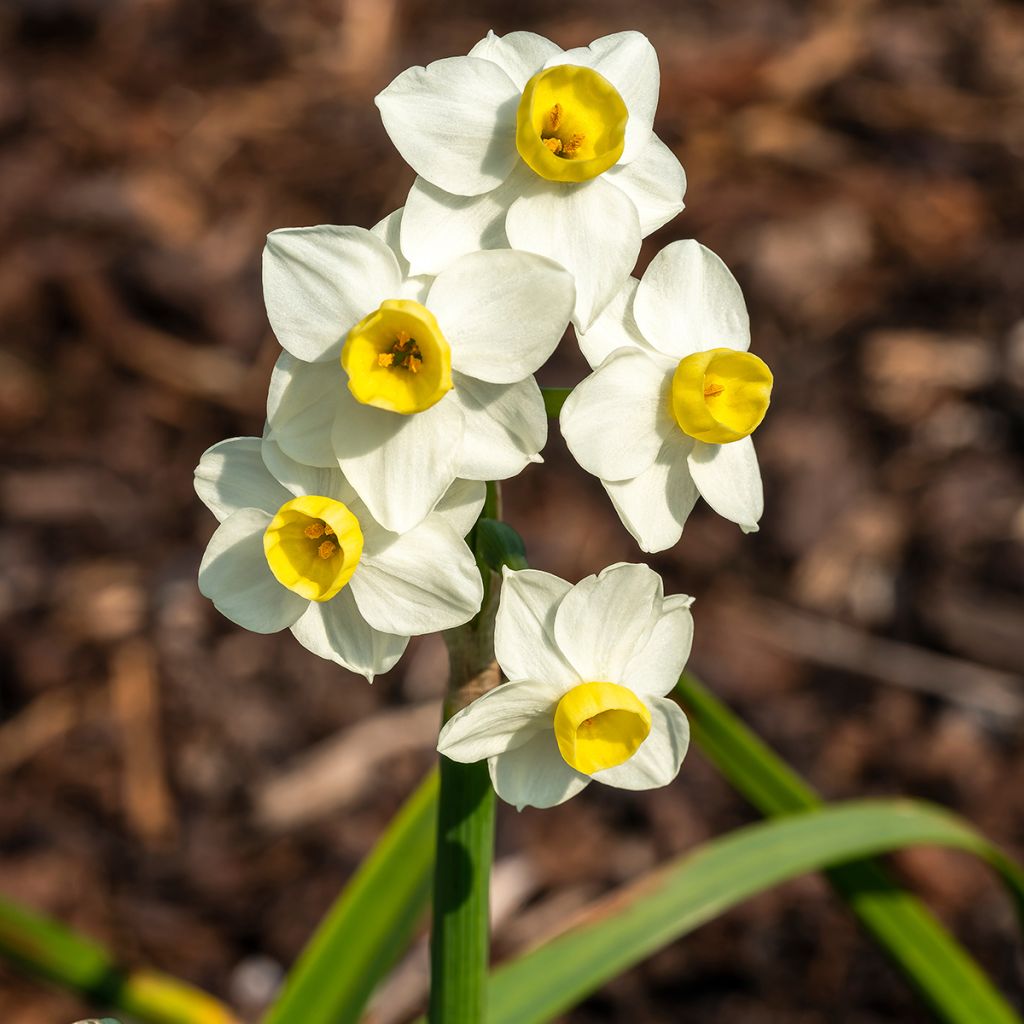

Narcissus Avalanche
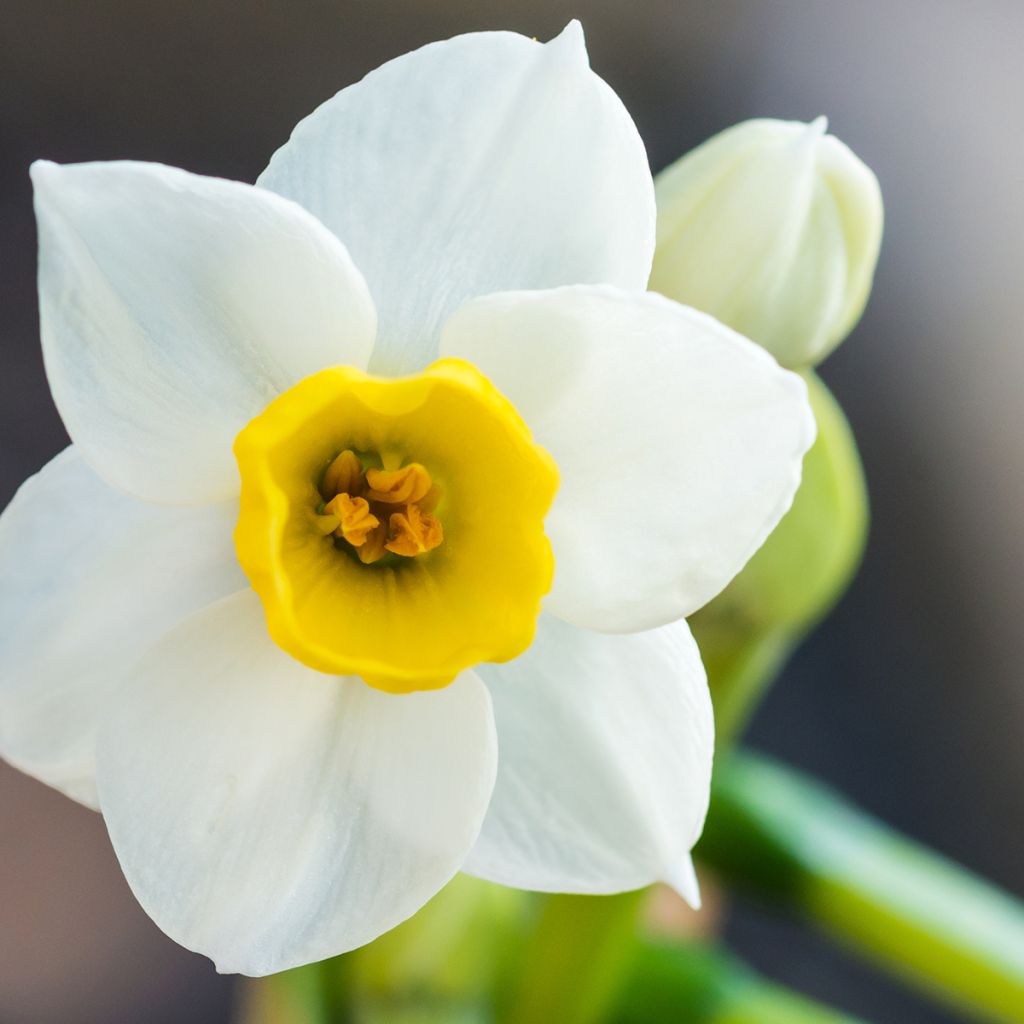

Narcissus Avalanche
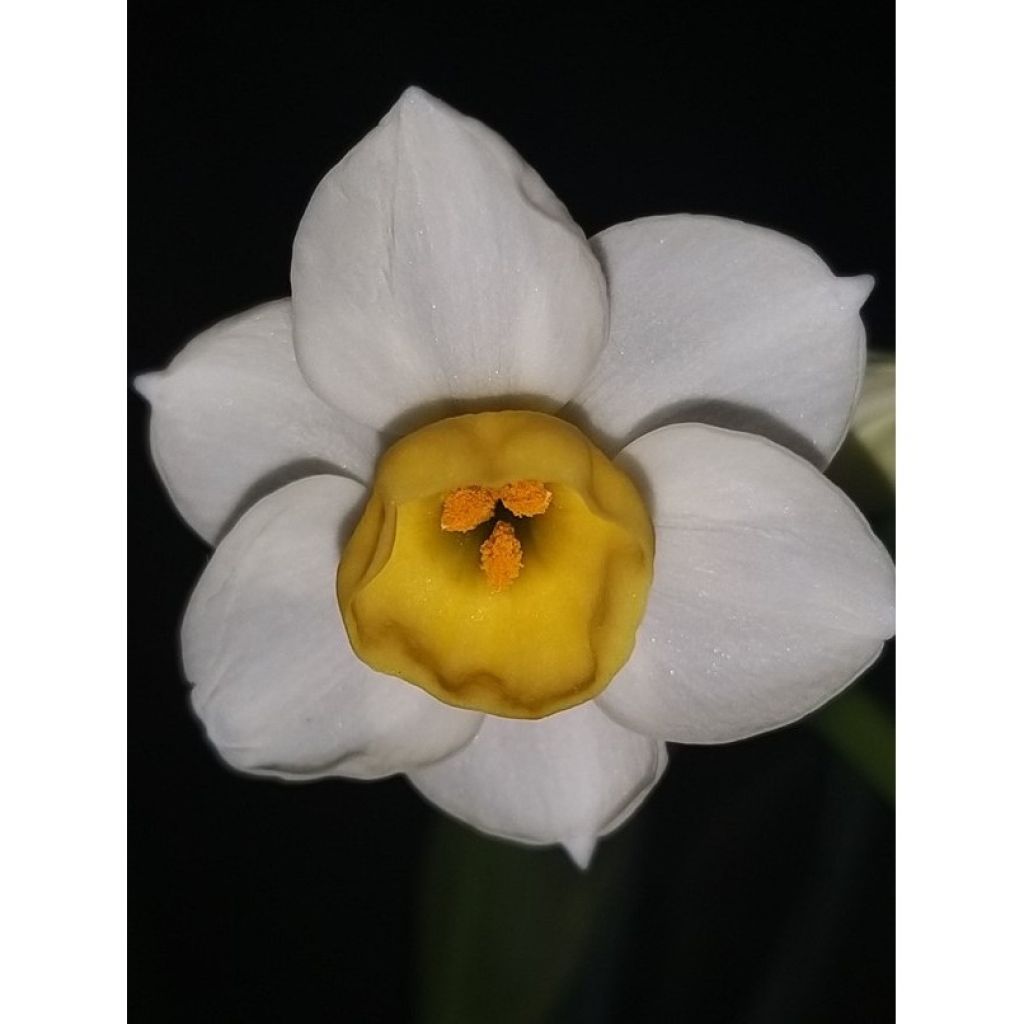

Narcissus Avalanche
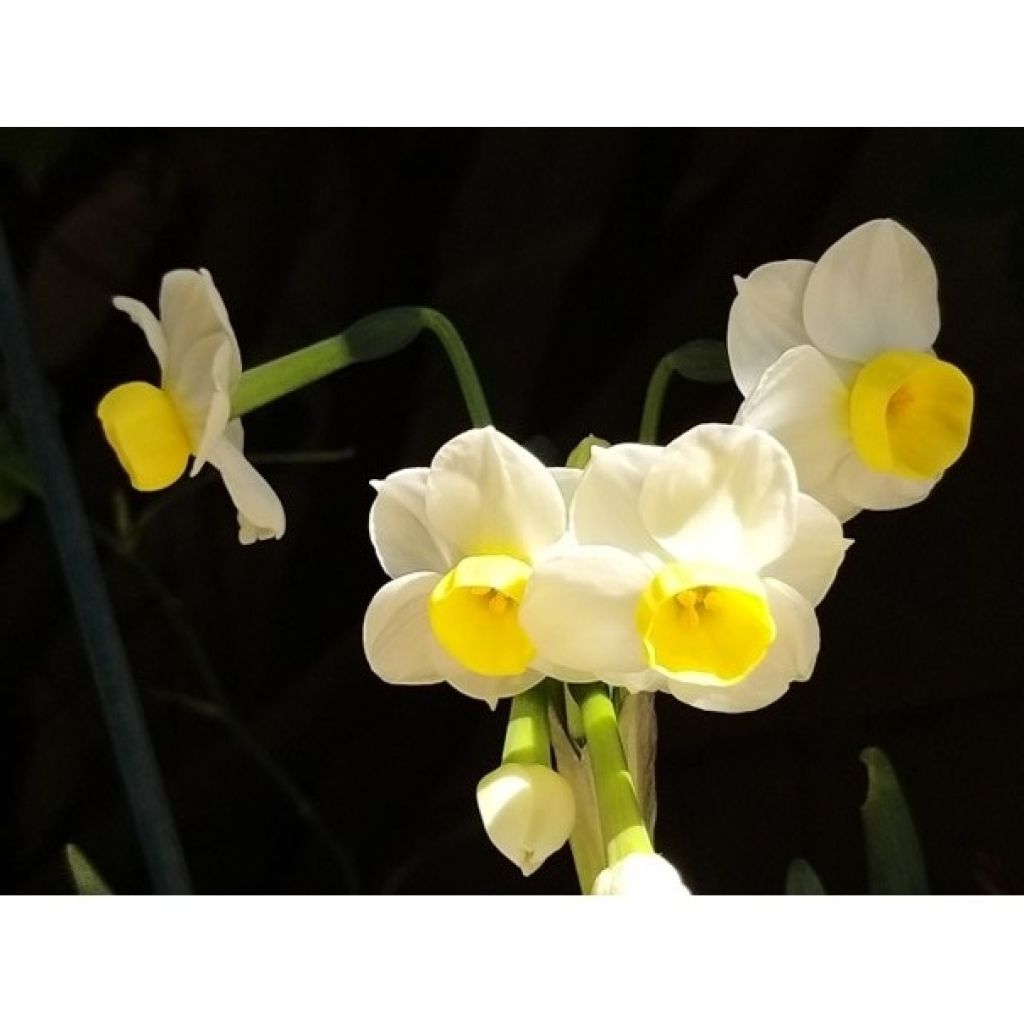

Narcissus Avalanche
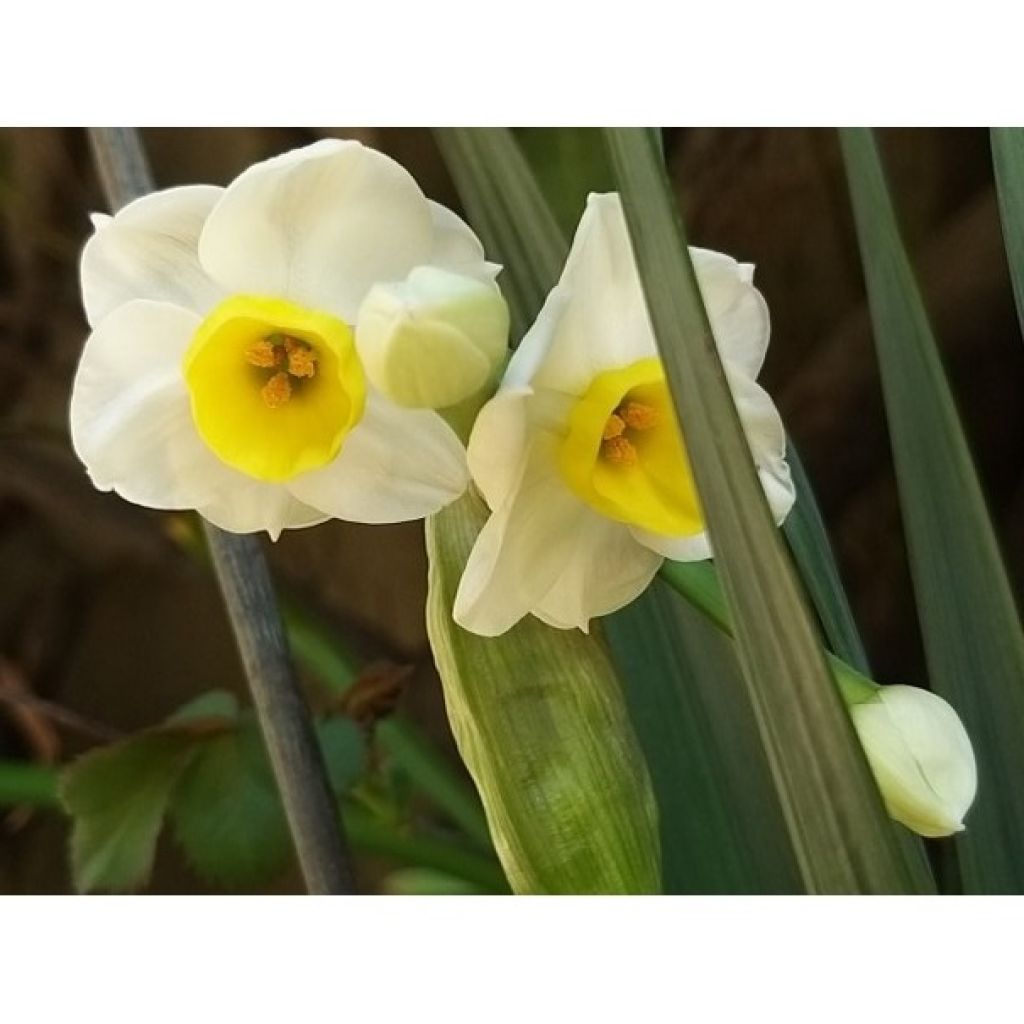

Narcissus Avalanche
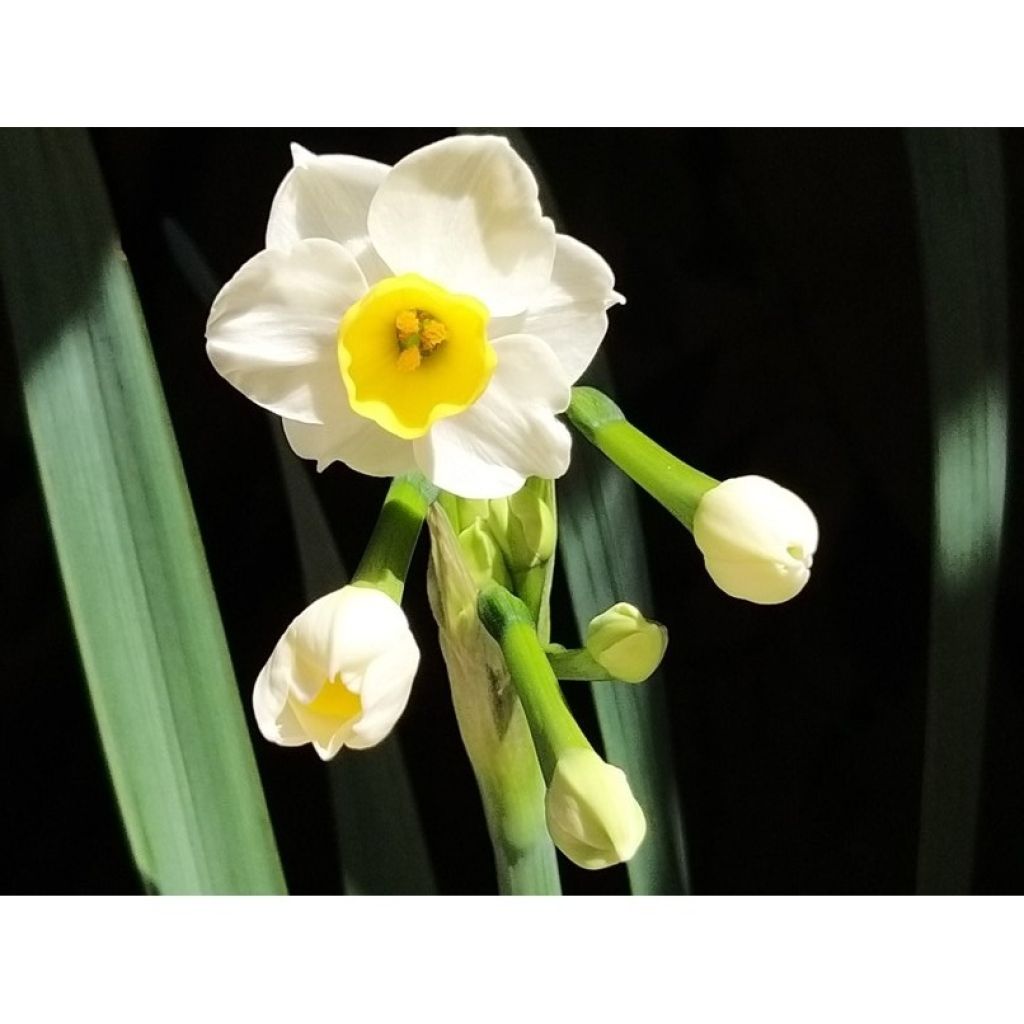

Narcissus Avalanche
Narcissus Avalanche
Narcissus tazetta Avalanche
Paperwhite, Bunch-flowered Narcissus, Chinese Sacred Lily, Polyanthus Narcissus
Special offer!
Receive a €20 voucher for any order over €90 (excluding delivery costs, credit notes, and plastic-free options)!
1- Add your favorite plants to your cart.
2- Once you have reached €90, confirm your order (you can even choose the delivery date!).
3- As soon as your order is shipped, you will receive an email containing your voucher code, valid for 3 months (90 days).
Your voucher is unique and can only be used once, for any order with a minimum value of €20, excluding delivery costs.
Can be combined with other current offers, non-divisible and non-refundable.
This plant carries a 6 months recovery warranty
More information
We guarantee the quality of our plants for a full growing cycle, and will replace at our expense any plant that fails to recover under normal climatic and planting conditions.


Does this plant fit my garden?
Set up your Plantfit profile →
Description
Narcissus 'Avalanche' is an old, vigorous variety that is resistant to viruses and has been prized for a long time for the musky scent of its small bicolour flowers, which are arranged in clusters on a tall stem. They are composed of a corolla of white petals with a light yellow cup-shaped corolla. This bulb blooms from the end of March in mild climates and a little later in cooler climates. It is only moderately hardy but well adapted to heat and summer drought and easy to grow in climates with dry summers. It retains the charm of wild plants and settles in the garden, among other spring bulbs.
This Narcissus is also known as the tazette daffodil, Constantinople daffodil or Cyprus daffodil, also called bouquet narcissus or hermione because of its small flowers grouped in bunches at the end of floral stems that can reach up to 70 cm (28in) high. It belongs to the amaryllidaceae family and it is a species native to the South of France, Italy, Greece and North Africa. 'Avalanche' is an old cultivar derived from this plant, introduced in 1906. Its vegetative cycle is typically Mediterranean and does not require a cold period to bloom, making it suited for pot cultivation and easy to force indoors. With its long flowering period (3 weeks to 1 month) and powerful fragrance, each bulb produces a stem with up to 20 single flowers, 2.5 cm (1in) in diameter, with a strong musky scent. The short foliage consists of wide ribbon-like leaves with parallel veins, sometimes twisted, glaucous green and deciduous in summer. In mild climates, it develops with the first rains in September and persists in winter. This variety easily multiplies by producing bulblets from a large bulb.
Hardy in zone 8 (down to -10/-12°C (14/10.4°F)), Narcissus Avalanche grows well in any well-drained and loosened, humus-rich soil, results are less favourable in excessively wet or excessively acidic soils. There are so many narcissus varieties that you can enjoy them for three months in spring without getting bored for a single moment. They can all naturalise easily, they favour yellow and white and often emit sweet fragrances. These are all reasons to grow them in large clumps (at least 20 bulbs) for a mass effect. Combine the tazette daffodil in natural-looking flower beds with scilla and hyacinths, mid-height botanical tulips, forget-me-nots and pansies, or plant them at the base of old roses. This daffodil is also perfect in a large pot.
Narcissus Avalanche in pictures
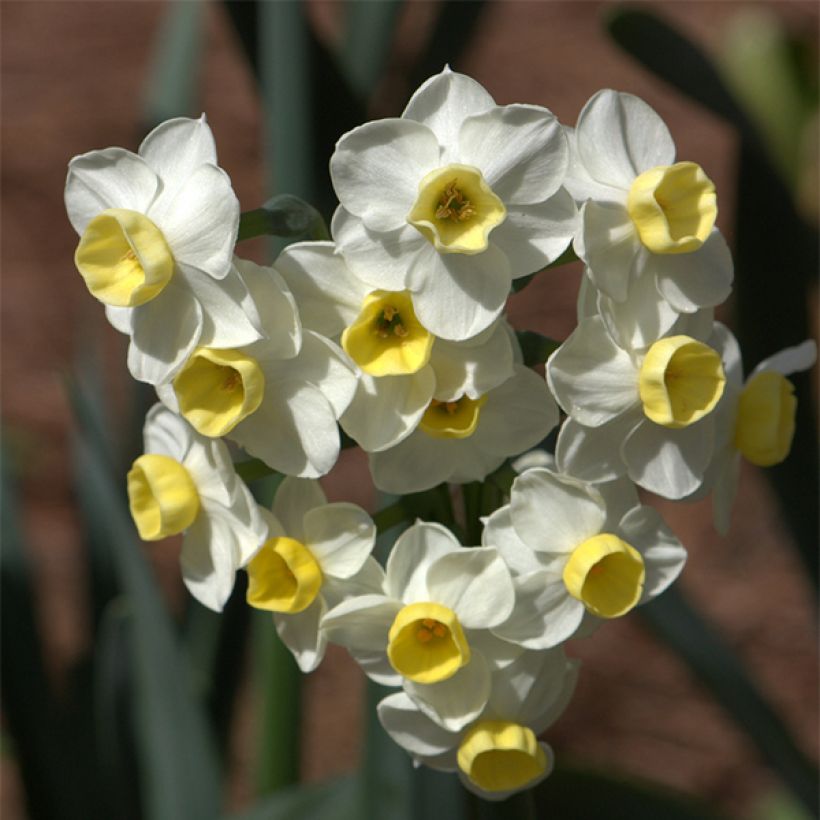

Plant habit
Flowering
Foliage
Botanical data
Narcissus
tazetta
Avalanche
Amaryllidaceae
Paperwhite, Bunch-flowered Narcissus, Chinese Sacred Lily, Polyanthus Narcissus
Mediterranean
Other Botanical Daffodils
View all →Planting and care
Narcissus Avalanche is undemanding and will thrive in any well-drained and loosened soil, preferably limestone, with less successful results in overly wet or excessively acidic soils. The drier and warmer the climate, the less difficult it will be regarding the type of soil. Plant the bulbs from September to mid-December, 12 cm (5in) deep and 8 cm (3in) apart, in a sunny or partially shaded location (at least 3 hours of sunlight per day). Do not disturb them, and each year your narcissus will produce more and more flowers. You will not need to water them in summer, as the bulbs need a summer baking. Remove faded flowers to promote the accumulation of new reserves in the bulb. After flowering, allow the foliage to naturally die and only cut it when it turns yellow. If the clumps become too dense, they will flower less well, so divide them from July to September when the leaves are dry and immediately replant the bulbs (undamaged).
Planting period
Intended location
Care
Planting & care advice
-
, onOrder confirmed
Reply from on Promesse de fleurs
Haven't found what you were looking for?
Hardiness is the lowest winter temperature a plant can endure without suffering serious damage or even dying. However, hardiness is affected by location (a sheltered area, such as a patio), protection (winter cover) and soil type (hardiness is improved by well-drained soil).

Photo Sharing Terms & Conditions
In order to encourage gardeners to interact and share their experiences, Promesse de fleurs offers various media enabling content to be uploaded onto its Site - in particular via the ‘Photo sharing’ module.
The User agrees to refrain from:
- Posting any content that is illegal, prejudicial, insulting, racist, inciteful to hatred, revisionist, contrary to public decency, that infringes on privacy or on the privacy rights of third parties, in particular the publicity rights of persons and goods, intellectual property rights, or the right to privacy.
- Submitting content on behalf of a third party;
- Impersonate the identity of a third party and/or publish any personal information about a third party;
In general, the User undertakes to refrain from any unethical behaviour.
All Content (in particular text, comments, files, images, photos, videos, creative works, etc.), which may be subject to property or intellectual property rights, image or other private rights, shall remain the property of the User, subject to the limited rights granted by the terms of the licence granted by Promesse de fleurs as stated below. Users are at liberty to publish or not to publish such Content on the Site, notably via the ‘Photo Sharing’ facility, and accept that this Content shall be made public and freely accessible, notably on the Internet.
Users further acknowledge, undertake to have ,and guarantee that they hold all necessary rights and permissions to publish such material on the Site, in particular with regard to the legislation in force pertaining to any privacy, property, intellectual property, image, or contractual rights, or rights of any other nature. By publishing such Content on the Site, Users acknowledge accepting full liability as publishers of the Content within the meaning of the law, and grant Promesse de fleurs, free of charge, an inclusive, worldwide licence for the said Content for the entire duration of its publication, including all reproduction, representation, up/downloading, displaying, performing, transmission, and storage rights.
Users also grant permission for their name to be linked to the Content and accept that this link may not always be made available.
By engaging in posting material, Users consent to their Content becoming automatically accessible on the Internet, in particular on other sites and/or blogs and/or web pages of the Promesse de fleurs site, including in particular social pages and the Promesse de fleurs catalogue.
Users may secure the removal of entrusted content free of charge by issuing a simple request via our contact form.
The flowering period indicated on our website applies to countries and regions located in USDA zone 8 (France, the United Kingdom, Ireland, the Netherlands, etc.)
It will vary according to where you live:
- In zones 9 to 10 (Italy, Spain, Greece, etc.), flowering will occur about 2 to 4 weeks earlier.
- In zones 6 to 7 (Germany, Poland, Slovenia, and lower mountainous regions), flowering will be delayed by 2 to 3 weeks.
- In zone 5 (Central Europe, Scandinavia), blooming will be delayed by 3 to 5 weeks.
In temperate climates, pruning of spring-flowering shrubs (forsythia, spireas, etc.) should be done just after flowering.
Pruning of summer-flowering shrubs (Indian Lilac, Perovskia, etc.) can be done in winter or spring.
In cold regions as well as with frost-sensitive plants, avoid pruning too early when severe frosts may still occur.
The planting period indicated on our website applies to countries and regions located in USDA zone 8 (France, United Kingdom, Ireland, Netherlands).
It will vary according to where you live:
- In Mediterranean zones (Marseille, Madrid, Milan, etc.), autumn and winter are the best planting periods.
- In continental zones (Strasbourg, Munich, Vienna, etc.), delay planting by 2 to 3 weeks in spring and bring it forward by 2 to 4 weeks in autumn.
- In mountainous regions (the Alps, Pyrenees, Carpathians, etc.), it is best to plant in late spring (May-June) or late summer (August-September).
The harvesting period indicated on our website applies to countries and regions in USDA zone 8 (France, England, Ireland, the Netherlands).
In colder areas (Scandinavia, Poland, Austria...) fruit and vegetable harvests are likely to be delayed by 3-4 weeks.
In warmer areas (Italy, Spain, Greece, etc.), harvesting will probably take place earlier, depending on weather conditions.
The sowing periods indicated on our website apply to countries and regions within USDA Zone 8 (France, UK, Ireland, Netherlands).
In colder areas (Scandinavia, Poland, Austria...), delay any outdoor sowing by 3-4 weeks, or sow under glass.
In warmer climes (Italy, Spain, Greece, etc.), bring outdoor sowing forward by a few weeks.






























